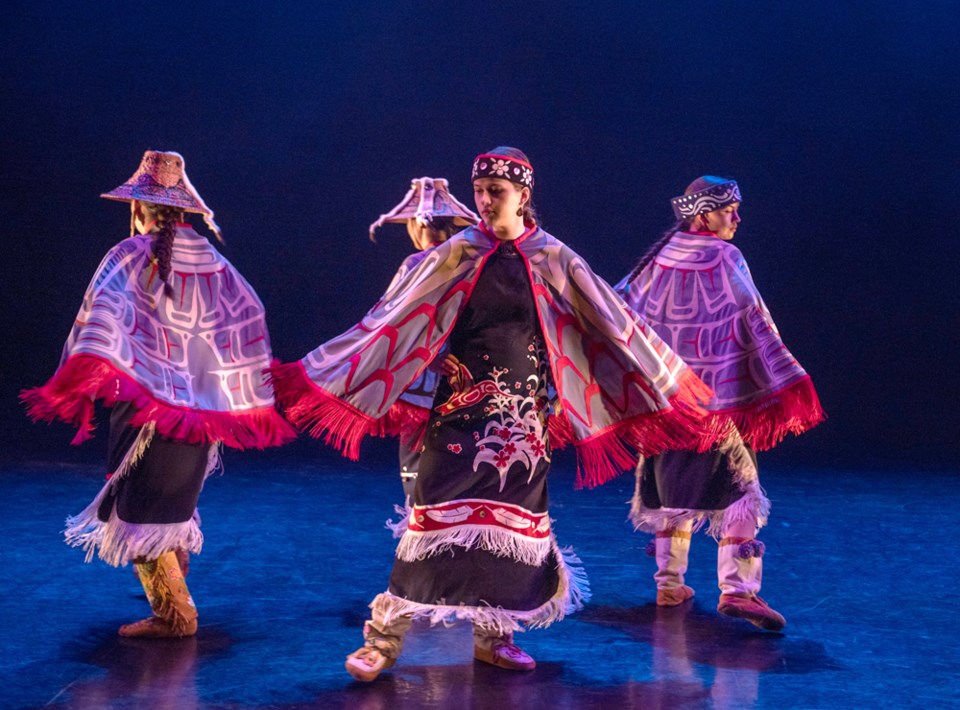Next month at the Anvil Centre in New Westminster, the 15th Annual Coastal Dance festival will be hosted. The events’ program will happen on April 20-24. There will also be an online documentary that was created by the Dancers of Damelahamid.
The documentary will feature themes and stories about its community of dancers and while highlighting cultural revitalization and resiliency.
“We are overjoyed with the opportunity to once again gather together at the Anvil Centre to celebrate and honour the cultural sharing from Indigenous artists from the Northwest Coast, as well as across Turtle Island and globally,” says Margaret Grenier, Festival Executive & Artistic Director.
The in-person festival program will showcase international exchange with visiting Indigenous Sámi artists from Norway and Sweden, as well as Indigenous artists from across Canada and the U.S.
Tickets for the gala events will be $30 for adults and $25 for students/seniors.
An evening dedicated to contemporary Indigenous dance – a festival first – will feature a duet from Swedish Sámi contemporary dancers Liv Aira, artistic director of the Sámi-based Invisible People Contemporary Dance, and Marika Renhuvud, a dance educator and member of Aira’s dance company.
Joining the contemporary program are local Indigenous artists who will both make their festival debut: Kristy Janvier (Dene), a Flin Flon-based dancer and choreographer who has pursued contemporary Indigenous dance after spending 15 years abroad in the entertainment industry with Disney, and Tasha Faye Evans (Coast Salish), a Port Moody dance and theatre artist, who will share an excerpt of her latest work Cedar Woman.
The festival will also present several traditional Indigenous artists, including Norway’s Sámi singer and activist Sara Marielle Gaup and Sámi singer and poet Lawra Somby, as well as introduce Theland Kicknosway (Potawatomi, Cree), an 18-year-old youth activist, influencer and hoop dancer from Walpole Island, Bkejwanong Territory, in Ontario.
“This collaboration not only strengthens our artistic practices, but encourages collective understanding of our unique histories and cultures, which is something we can all benefit from in our increasingly divided world,” said Grenier.



